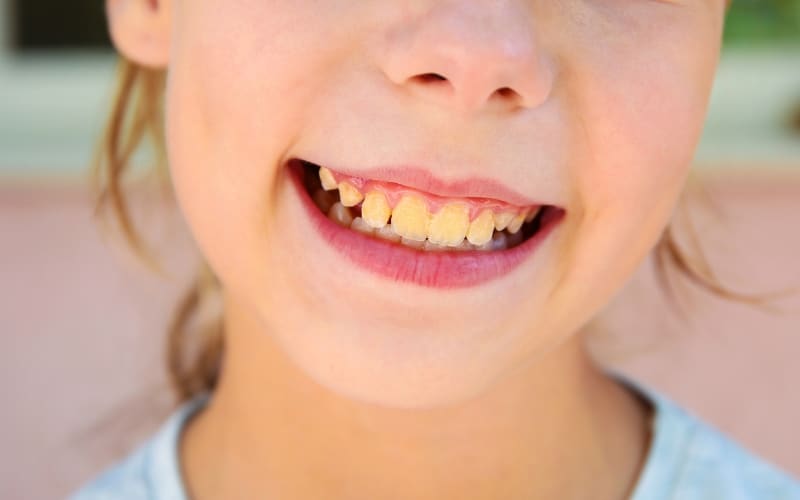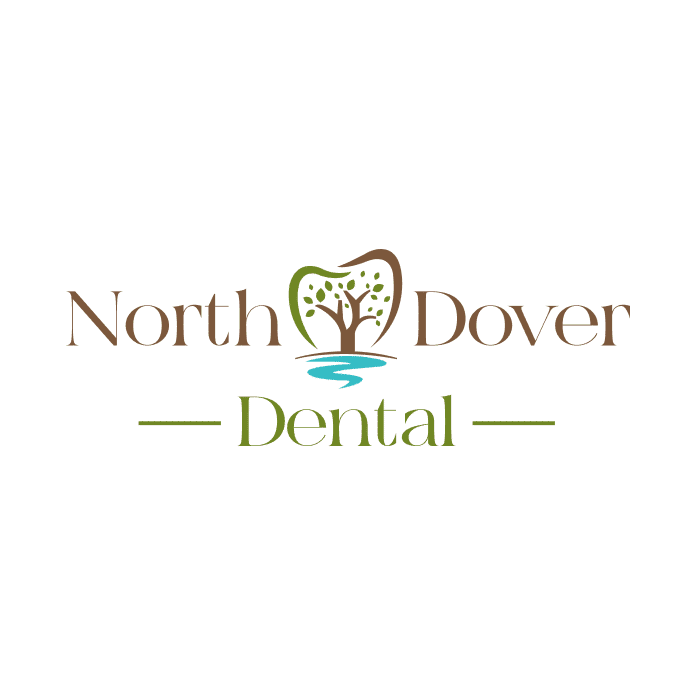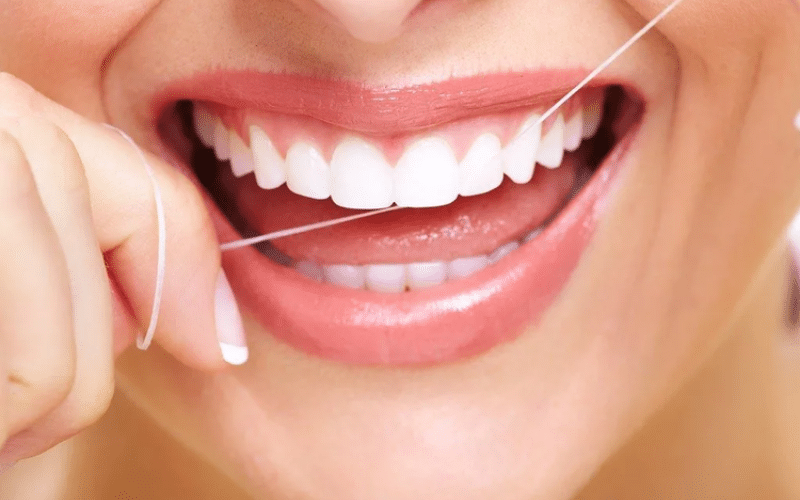
A bright, white smile can significantly boost your confidence and enhance your appearance. However, yellow stains on your teeth can be a common concern, affecting both your smile and your self-esteem. Understanding the causes of these stains and knowing how to effectively remove them is essential for maintaining a dazzling smile. This blog post will delve into various methods for removing yellow stains from teeth, offering practical tips and strategies that you can incorporate into your daily routine.
Addressing Yellow Stains
A radiant smile is often associated with health and vitality. Unfortunately, many people face the challenge of yellow stains on their teeth. These stains can diminish the brightness of your smile and impact your overall appearance. Knowing how to effectively tackle these stains is crucial for restoring your smile’s natural whiteness.
Yellow stains can result from a variety of factors, including dietary habits, lifestyle choices, and natural aging. Fortunately, there are several effective methods available to combat these stains and achieve a whiter, brighter smile. In this guide, we’ll discuss the common causes of yellow stains and provide actionable strategies for removing them. Whether you’re dealing with surface stains or more persistent discoloration, this guide will help you find a solution that works for you.
Causes of Yellow Stains on Teeth
Before we dive into the methods for removing yellow stains, it’s important to understand what causes them. Identifying the source of your stains can help you choose the most effective treatment. Here are some common culprits:
- Dietary Choices: Foods and beverages such as coffee, tea, red wine, and curries are known for their staining properties. These substances contain pigments that can adhere to your tooth enamel, causing discoloration over time.
- Tobacco Use: Smoking or using tobacco products is a major cause of yellowed teeth. The tar and nicotine in tobacco can lead to significant staining and discoloration.
- Poor Oral Hygiene: Inadequate brushing and flossing can lead to plaque buildup, which can attract stains from food and drink. Plaque can also contribute to a yellowish appearance on your teeth.
- Aging: As we age, the enamel on our teeth naturally wears down, revealing the yellowish dentin underneath. This process can make your teeth appear more yellow over time.
- Medications: Certain medications, including antibiotics and antihistamines, can cause teeth discoloration as a side effect.
Effective Methods to Remove Yellow Stains
Now that we understand the causes of yellow stains, let’s explore effective methods to remove them. These techniques can help you achieve a whiter smile and improve the overall appearance of your teeth.
Brush Teeth Twice Daily
Brushing your teeth twice a day is a fundamental step in preventing and reducing yellow stains. Regular brushing helps remove plaque and surface stains before they have a chance to set.
- Use Fluoride Toothpaste: Choose a toothpaste that contains fluoride and is specifically designed to combat stains. Whitening toothpaste can help remove surface stains and gradually brighten your teeth.
- Proper Brushing Technique: Brush your teeth for at least two minutes each time. Use a soft-bristled toothbrush and gentle, circular motions to avoid damaging your enamel.
- Be Consistent: Make brushing a consistent part of your daily routine. Brushing after meals can also help prevent stains from setting.
Use Hydrogen Peroxide and Baking Soda
Hydrogen peroxide and baking soda are effective, natural remedies for whitening teeth and removing yellow stains.
- Hydrogen Peroxide: Hydrogen peroxide is a natural bleaching agent that can lighten yellow stains. Mix a small amount of hydrogen peroxide with water to create a diluted solution. You can use it as a mouth rinse or mix it with baking soda to make a whitening paste.
- Baking Soda: Baking soda acts as a mild abrasive that can help scrub away surface stains. Create a paste by mixing baking soda with water and applying it to your teeth with a toothbrush. Be cautious not to use it excessively to avoid damaging your enamel.
- Combine for Enhanced Results: For better results, you can combine hydrogen peroxide and baking soda. However, use this mixture sparingly to avoid enamel erosion.
Oil Pulling
Oil pulling is an ancient technique that involves swishing oil around your mouth to improve oral health and reduce yellow stains.
- Select the Right Oil: Coconut oil and sesame oil are popular choices for oil pulling. These oils have antimicrobial properties that can benefit oral health.
- How to Perform Oil Pulling: Swish a tablespoon of oil in your mouth for 15-20 minutes, ensuring it reaches all areas of your teeth and gums. Spit out the oil and rinse your mouth with water.
- Consistency Matters: Incorporate oil pulling into your routine several times a week. It complements your regular oral hygiene practices and can help improve overall oral health.
Apple Cider Vinegar
Apple cider vinegar (ACV) is known for its natural whitening properties and can be effective in removing yellow stains from teeth.
- Dilute ACV: Apple cider vinegar is acidic, so it’s essential to dilute it with water. Mix one part ACV with two parts water to create a safe mouth rinse.
- Use as a Rinse: Swish the diluted solution around your mouth for a few minutes, then rinse thoroughly with water. Avoid using undiluted ACV, as it can erode tooth enamel.
- Frequency of Use: Limit the use of ACV to a few times a week to prevent potential enamel damage. Combine it with other whitening methods for a more comprehensive approach.
Activated Charcoal
Activated charcoal is a natural remedy that can help whiten teeth by binding to surface stains and toxins.
- Application: Wet your toothbrush and dip it into activated charcoal powder. Gently brush your teeth for 2-3 minutes, making sure to cover all surfaces.
- Rinse Thoroughly: After brushing, rinse your mouth thoroughly to remove any charcoal residue. Follow up with regular toothpaste to ensure all charcoal is cleared away.
- Moderation is Key: Use activated charcoal once or twice a week. Overuse can potentially damage your enamel, so use it in moderation.
Maintain Good Oral Hygiene
Maintaining good oral hygiene is essential for preventing and managing yellow stains. Consistent care helps keep your teeth healthy and minimizes discoloration.
- Floss Daily: Flossing removes plaque and food particles from between your teeth, which helps prevent the buildup of stains. Make it a daily habit to maintain optimal oral health.
- Regular Dental Check-ups: Schedule regular visits to your dentist for professional cleanings and check-ups. Your dentist can help address stubborn stains and provide personalized advice for maintaining a bright smile.
- Limit Staining Foods and Drinks: Reduce your intake of foods and beverages that can stain your teeth, such as coffee, tea, and red wine. When consuming these items, rinse your mouth with water afterward to minimize staining.
Yellow stains on your teeth can be a source of frustration but don’t lose hope. There are numerous effective methods to restore your smile’s natural brilliance. By identifying the causes of these stains and applying practical solutions such as consistent brushing, using hydrogen peroxide and baking soda, trying oil pulling, and incorporating other natural remedies, you can achieve a noticeable improvement in the whiteness of your teeth.
If you’re dealing with stubborn stains or need teeth whitening treatment, seeking help from a dental professional can offer tailored solutions and expert guidance.








